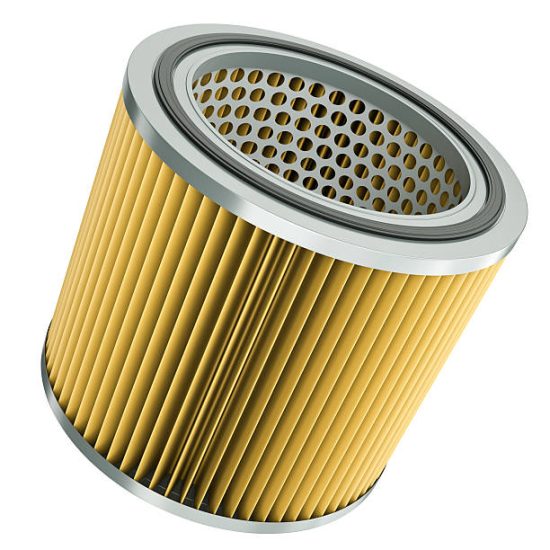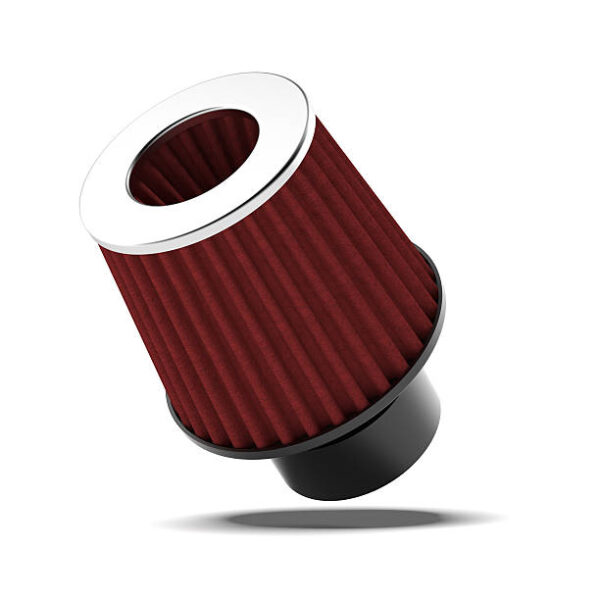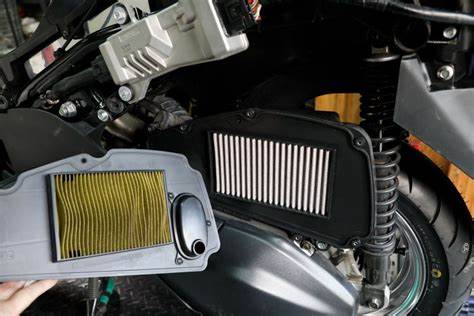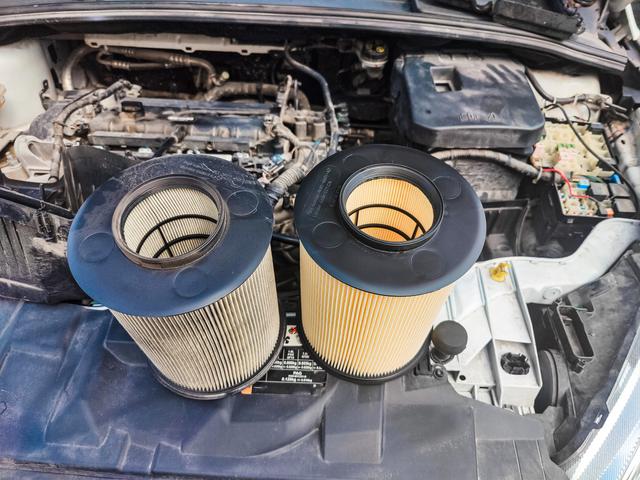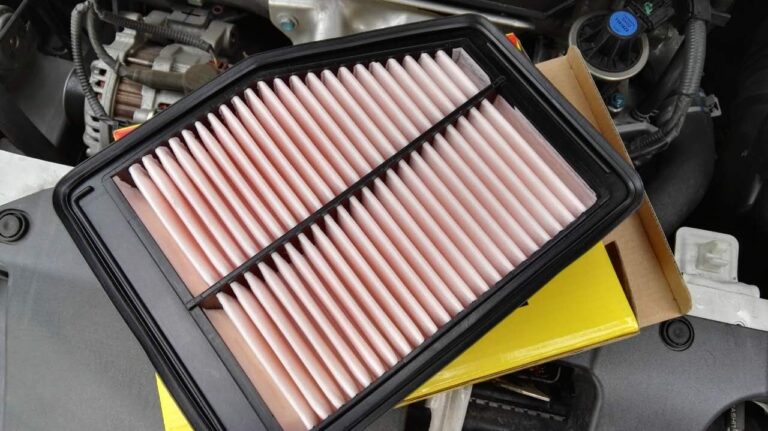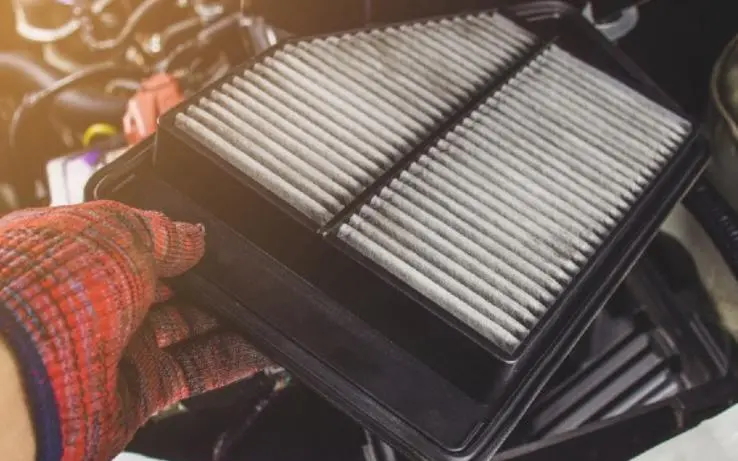What is a Car Air Filters: A Comprehensive Guide
The car air filter is a critical component in vehicle maintenance, tasked with filtering out contaminants and impurities from the air that enters the engine, thereby effectively protecting the engine and enhancing vehicle performance.
This article will guide you through the essentials of car air filters, providing you with the knowledge to better maintain your vehicle.
Contents
By understanding these key points, you can ensure your car consistently operates at peak performance and reliability, ultimately saving on repair costs and time, and offering a more dependable safeguard for your travels.
Car Air Filter Construction
Air Filter Shapes and Designs
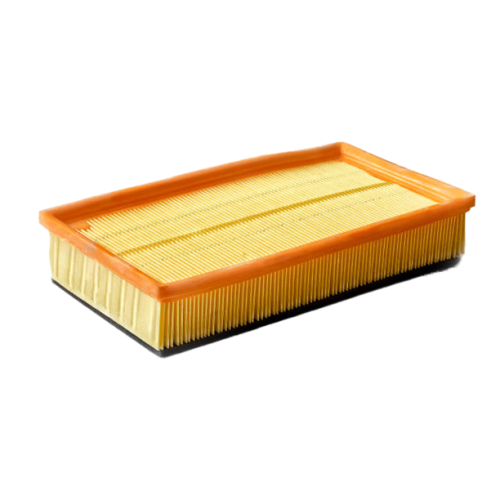
- Panel Air Filters: Resembling a square box, these filters typically consist of a frame, seal, pleated paper, and a metal mesh to hold the paper in place. They are widely used in most modern vehicles and are known for their ease of installation and replacement.
- Conical Air Filters: Also known as “mushroom” filters, these conical-shaped filters feature a top and bottom cap, seal, cotton pleated wet-type filter, and a metal mesh. They are commonly used in high-performance vehicles or modified cars that require higher air flow to support enhanced engine performance.
Air Filter Materials

- Dry Air Filters: Typically made from paper, these air filters consist of multiple layers of pleated paper that increase the filter’s surface area, effectively capturing dust and particles from the air. Larger particles are physically blocked, while smaller ones are trapped by static electricity. These air filters can filter out particles larger than 2-5 microns with an efficiency of over 99.9%, making them suitable for most daily driving conditions and urban and rural areas.

Wet Air Filters: Also known as high-flow filters, these are usually made from cotton or fabric and use a multi-layer pleated folding process. They operate on the principle of an oil bath, where air passes through a wet filter soaked in oil, trapping fine particles and preventing them from entering the engine. These filters can be cleaned and reused, making them ideal for high-dust environments or vehicles that require longer filter life, such as off-road vehicles or those frequently driven in sandy conditions.
How Car Air Filter Work
When a car is started, it draws in outside air, which contains various contaminants such as dust, dirt, smoke, and pollutants. If this air is not adequately filtered through the engine air filter, these impurities can cause significant wear and tear on the engine, affecting the vehicle’s performance.
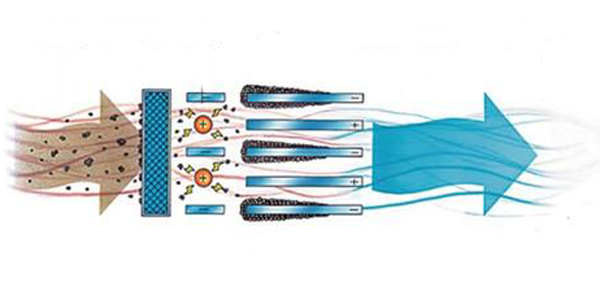
Air Filter Mechanism of Filtration
- Dry Air Filters: These air filters use paper as a filtering medium. The fiber structure of the paper forms intricate pores that are smaller than the dust and particles in the air. Larger particles are physically blocked, while smaller ones are trapped by static electricity. The paper also generates static electricity during the manufacturing process, which helps to attract and hold very fine particles.
- Wet Air Filters: Made from oil-soaked cotton or fabric, these filters trap dust and impurities through adhesion. The oil’s viscosity causes dust and particles to stick to the oil, preventing them from entering the engine. The oil also changes the airflow characteristics, causing larger particles to impact the oil surface and be captured due to their inertia.
The Role of Car Air Filter
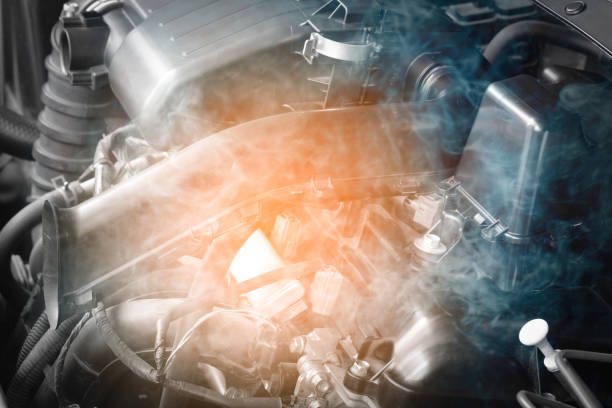
- Enhancing Engine Performance: By effectively filtering out dust and impurities, the air entering the engine becomes clean and fresh. This clean air mixes thoroughly with fuel, leading to more complete and efficient combustion. The result is improved engine power output, better acceleration, and reduced carbon buildup, keeping the engine clean and efficient.
- Improving Fuel Efficiency: Providing the engine with ample clean air optimizes fuel consumption. When air is supplied in sufficient quantity and purity, the engine operates at its best, ensuring fuel is fully utilized and reducing waste. This efficient use of fuel translates to better mileage and reduced emissions.
- Reducing Emissions: Clean air promotes complete combustion, significantly reducing the production of harmful emissions such as carbon monoxide, hydrocarbons, and nitrogen oxides. This not only helps protect the environment but also meets modern society’s stringent environmental protection standards.
- Extending Engine Life: By preventing pollutants from entering the engine, air filters provide a layer of reliable protection. Dust, sand, and other particles can cause significant wear and tear on engine components if they enter the engine, leading to performance degradation and potential failure. The air filter acts as a guardian, blocking these contaminants and significantly extending the engine’s lifespan.
Applicable Scenarios for Car Air Filter

- Daily Driving Environments: In urban and suburban areas, where vehicle exhaust is prevalent, car air filters effectively remove these pollutants, ensuring the engine receives clean air.

- Special Driving Conditions: In desert areas, where sand and dust are prevalent, air filters with higher filtration efficiency and capacity are crucial. In mountainous regions, where air is thinner, filters must provide adequate airflow while still filtering out impurities. Filters near construction sites must be able to handle large particulate matter and may require more frequent replacements due to the high dust levels.

- High-Performance Vehicles: These vehicles require engine air filters that can handle higher air flow rates and provide superior filtration to meet the demands of high-performance engines. In racing or other extreme performance scenarios, air filters may use special materials and designs to ensure the engine receives ample clean air during high-speed and aggressive driving.
Maintaining Your Car Air Filter

- Manufacturer’s Recommendations: Follow the maintenance schedule provided in your vehicle’s manual for air filter replacements.
- Visual Inspection: Open the hood and locate the air filter box. Carefully open the box and remove the air filter for inspection. Look for visible dust, dirt buildup, and any signs of damage or deformation. If the filter appears dirty or damaged, consider replacing it.
- Establish a Check Plan: Determine a reasonable inspection frequency based on your vehicle’s usage and environment. Generally, checking the air filter every 10,000 miles or every six months is advisable. If the vehicle is frequently driven in harsh conditions, such as dusty roads or near construction sites, increase the inspection frequency.

